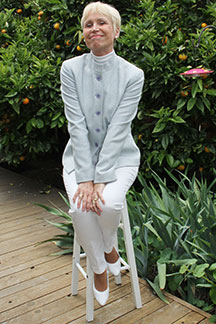The Two Plus Four Treaty (Zwei-Plus-Vier-Vertrag) is an agreement between the TWO post-World War II German states and the FOUR victorious Allied powers. The two German states in the agreement refer to the Federal Republic of Germany (West Germany) and the German Democratic Republic (East Germany). The four victorious powers referred to the four occupying Allies: the United States of America, The United Kingdom, France and the Soviet Union.
Effective date of the Two Plus Four Treaty
Representatives from each of the six countries signed the Treaty on the final settlement with respect to Germany. It was signed in Moscow on 12 September 1990. http://www.walled-in-berlin.com/j-elke-ertle/genscher-detoxifier-of-east-west-relations/ In a joint declaration the Four Allied Powers renounced their rights and responsibilities relative to Germany on 1 October 1990. Two days later, on 3 October 1990, the German Democratic Republic acceded to the Federal Republic of Germany. While the newly united Germany and the three western powers speedily ratified the Treaty, Moscow took its time. The Soviet Ambassador finally presented the German Foreign Minister with the instrument of ratification in March of 1991. Only then did the Two Plus Four Treaty go into effect. https://www.deutschland.de/en/topic/politics/development-dialogue/25th-anniversary-of-the-two-plus-four-treaty https://www.deutschland.de/en/topic/politics/germany-europe/two-plus-four-treaty
Terms of the Two Plus Four Treaty
Under the terms of the treaty,
(1) The Four Allied Powers renounced all rights in Germany, including those relative to the city of Berlin. The Allies returned full sovereignty to the reunited Germany.
(2) The treaty stipulated the withdrawal of Soviet troops from East Germany by the end of 1994.
(3) Germany agreed to limit its combined Armed Forces personnel to no more than 370,000. Germany further agreed to use military force only in accordance with the United Nations Charter and to continue to abide by the Nuclear Non-Proliferation Treaty.
(4) Germany confirmed to abide by the internationally recognized border with Poland and gave up any future claims to territory that had been part of Germany before 1945.
For a sneak peek at the first 20+ pages of my memoir, Walled-In: A West Berlin Girl’s Journey to Freedom, click “Download a free excerpt” on my home page and feel free to follow my blog about anything German: historic and current events, people, places and food.
Walled-In is my story of growing up in Berlin during the Cold War. Juxtaposing the events that engulfed Berlin during the Berlin Blockade, the Berlin Airlift, the Berlin Wall and Kennedy’s Berlin visit with the struggle against my equally insurmountable parental walls, Walled-In is about freedom vs. conformity, conflict vs. harmony, domination vs. submission, loyalty vs. betrayal.









